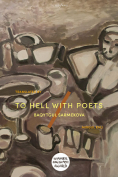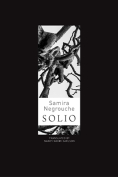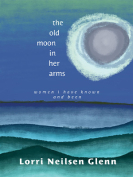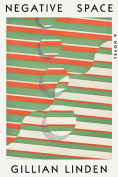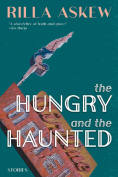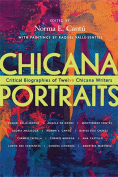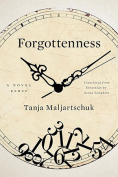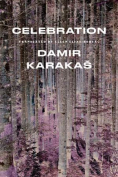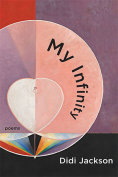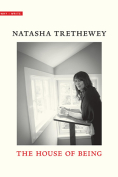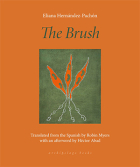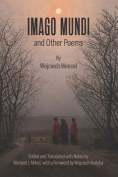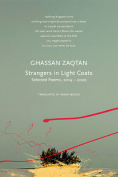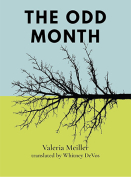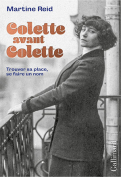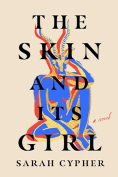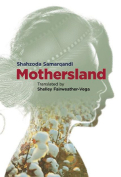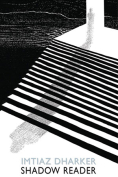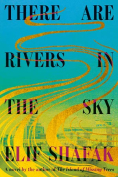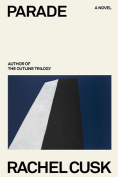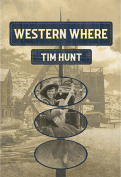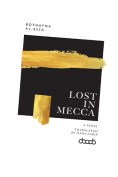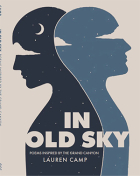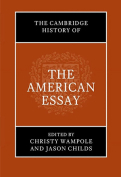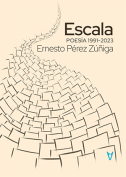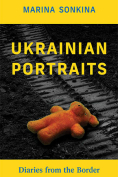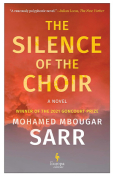Skin by David Harsent
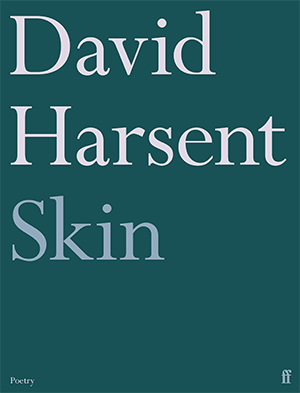 London. Faber & Faber. 2024. 208 pages.
London. Faber & Faber. 2024. 208 pages.
David Harsent’s new collection, Skin, is presented in ten sections with such titles as “Stones,” “Salt Moon,” “Hallways and Rooms,” “At the Window,” “Skin,” “Mirrors and Doors,” etc.: things, situations, potentials at once objective and also metaphorical, correlative with internal experience; a kind of literal/metaphorical bilingual landscape that Harsent thoroughly explores.
Each section, then, begins with its titular image, which is then explored poem by poem in multiple ways. I think of Wallace Stevens’s “Esthétique du Mal,” in which each canto is not so much sequential as it is a different position “under the volcano” of canto 1—i.e., a different way of considering “mal” (“evil” and/or “pain”). In Harsent, “Mirrors and Doors,” for example, might move from self-reflection and introspection to a movement through time, place, and relationships by way of memory. As with Stevens’s poem, each section in Harsent’s book is a congregation of poems, not a sequence but a cluster of poems brought together to resonate and inform one another, not to converge on a particular sum of meaning.
All ten different sections of the book operate in this way, and they (like the individual poems of the sections) form their own cluster—the book’s constellated form, with its many frequencies of resonance, resembles a pond surface popping everywhere with rings, spreading and overlapping. You can’t be sure of all within its depths, but you know it’s vibrantly alive. The voicing in these poems is consistently introspective. The personal pronoun “you” (used throughout) constantly suggests a speaker speaking to himself but also tugging at the reader as if he is being personally addressed. This and the unrelenting sense of world-weariness, devastation, grief, remorse, loss, and loneliness make the reading of these poems a slow movement through many shades of blue. There is an almost constant inner world of dusk, twilight, and nightfall. This is not to speak disparagingly, though, because as Roethke tells us, “in a dark time the eye begins to see”; however, these poems require slow reading, even more so than the genre generally requires.
Harsent’s style is part of the reason. The language of the poems stitches into and out of interpretive visibility. For example, many images that are straightforward, such as “there were rags of fog in low branches,” are mixed with passages of Blakean visionary turgidity such as “At the sea’s edge, men of coals and ash, their footfalls, / Scorch the stones, a wind off the sea stirs them to flame, they let go a litter of / fire, airborne, that becomes a circle of birds, wings outspread, burnt black, and / from somewhere a chorus of voices telling all this.” One can feel sometimes as if one is studying a Rorschach inkblot or considering another truth nugget uttered by Norman O. Brown in Love’s Body. Unlike Rorschach or Pollock’s images, however, Harsent’s are definitely referential, just often not clearly so. This is intentional to make us lean into the poems more, into their solitude and interiority, which ostensibly is not considering us, the ones overhearing a sentience heavy with experience speaking to itself in its loneliness, as if to say that it “knows what it means, and who else could possibly understand?” This technique, however, must be clearly in control of the poet so not to make too inscrutable the essence of even the narrative line.
Truth is, Harsent is a poet of intelligence, seriousness, and significance, even if at times unnecessarily demanding of his readers.
Fred Dings
University of South Carolina
